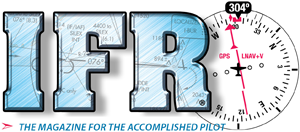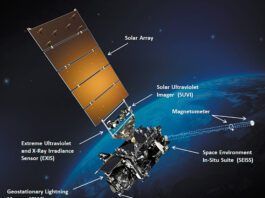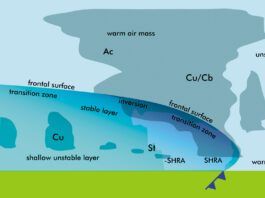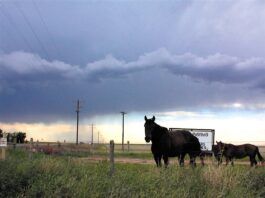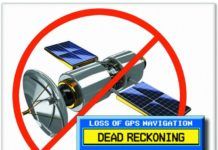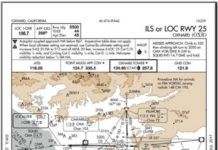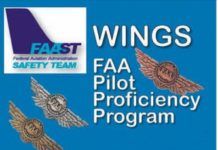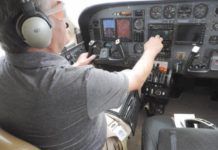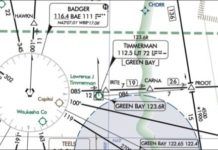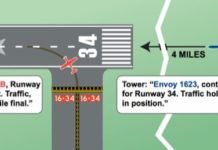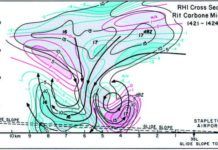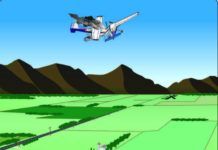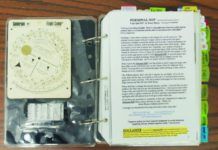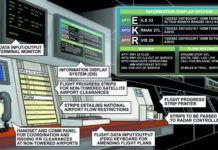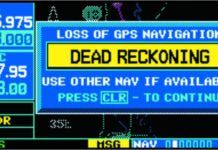GPS: Safety of Flight
If you live west of the Mississippi, out where most of the military airspace and where most of the testing is done, youre well familiar with those pesky NOTAMs announcing interference testing of GPS or outright loss of the GPS signals. Most of us ignore them.
Readback: August 2017
In April Killer Quiz, The Prof and the Pilot, I dont think that the answer to the last question is correct. With tailwind, one should reduce the airspeed below best glide speed, which in turn reduces the sink rate. Gliders pilots are very familiar with these concepts.Unfortunately, Cessna doesnt publish sink rates at various speeds to compute that accurately, so we are left to back-of-the-envelope calculations. We know that at best-glide speed (65 knots.
An IPC through WINGS
There are three levels of WINGS: the Basic, Advanced, and Master phases. Each level has multiple phases. Unlike the previous program, multiple phases can be earned each year. To complete a phase, pilots must get three flight and three ground credits which can be chosen from a wide range of activities.
IPC and ATC: We All Goof
After a few days of unusually nasty weather, the day of my postponed IPC dawned bright and clear. There wasnt even much wind. It was the perfect day to fly, and as it turned out, it seemed like just about every other pilot around thought the same thing. There was traffic everywhere and everyone wanted something different. I was caught in a perfect storm.
Across the Pond
On occasion I have a flight across the pond. No, its not an ocean crossing, although it sometimes feels like it. These flights cross Lake Michigan, and require a bit more planning than flights over land. When you fly around the Great Lakes, its taken for granted that if youre in a single-engine piston aircraft, you have to carefully examine the risks and mitigations. Dont want to cross the lake at all? Fly around it and spend that extra time to stay over land. Not good weather for a crossing? Same deal.
Laying Down the Line
Did you know that even piston airplanes can occasionally leave a contrail? Sure, its unusual, but it can happen. Many of us often wonder why some airplanes leave contrails that can last seemingly forever, while others leave a contrail that doesnt last but a few seconds. Plus, of course, sometimes theres no contrail at all. Contrails are an interesting phenomenon. So, lets have some fun examining the science behind contrails. Along the way we can use that as a basis to learn a bit more about how the atmosphere behaves.
Echoes Of Errors Past
Youve probably heard the morbid axiom: FAA regulations are written in blood. Many of the rules fattening the books governing pilots and air traffic controllers were brought about by unfortunate incidents. Line up and wait (LUAW) is a significant example. Its an inherently risky maneuver: a controller places an airplane on a runway but doesnt let them take off due to other traffic using the runway or on final to that same runway.
Windshear Weather
Last month, Handling Windshear, described how to recognize, avoid and, handle an encounter with windshear. The focus of that article was the practical side of piloting but we necessarily touched on the basics of the weather behind thunderstorms, microbursts and windshear. Now its time to dig deeper into that meteorology.
IFR/VFR Separation
Regulations prevent collisions through right-of-way rules. These codified decencies apply to the road, sea and air. For aviation, 14 CFR 91.113 warns that regardless of whether an operation is conducted under instrument flight rules or visual flight rules, vigilance shall be maintained by each person operating an aircraft so as to see and avoid other aircraft. Sage advice, that, especially with our butts in the hot seat.
Readback: June 2017
I just got the April issue of IFR and your editorial (Do You Need EFIS?) exactly described my dilemma! My HSI needs to be repaired and Aspen has a sale on. To get the Aspen and install it is just a few grand more than repairing the HSI. I found Put It Together: DIY SOP in the May issue to be excellent. The creation of a personal SOP is a fantastic venture for any pilot and a very worthwhile, enjoyable and educational process.
Flight Data Controller
A radar controllers primary concern is the safe sequencing of airplanes. Accomplishing this requires more than just good judgment, clear communication, effective working speed, and knowledge of aircraft and airspace. It depends also on up-to-date information and the ability to stay focused on his airplanes. The controller needs access to a variety of data, such as weather, NOTAMs, nationwide flow restrictions, PIREPs. SIGMETs, etc. This (often critical) information changes frequently, comes from a variety of different sources, and affects aircraft in a many ways.
What If GPS Doesnt?
Anything that can go wrong, will, and at the worst possible moment-so states Finagles corollary to Murphys Law. This notion is drilled into pilots from the beginning, so that it becomes second nature to have a plan to handle all sorts of potential failures that could be experienced in flight. Engine failure: check. Instrument and system malfunction: got it covered. Communication failure: no problem. GPS failure... Uhhh, what? Hang on a minute.
